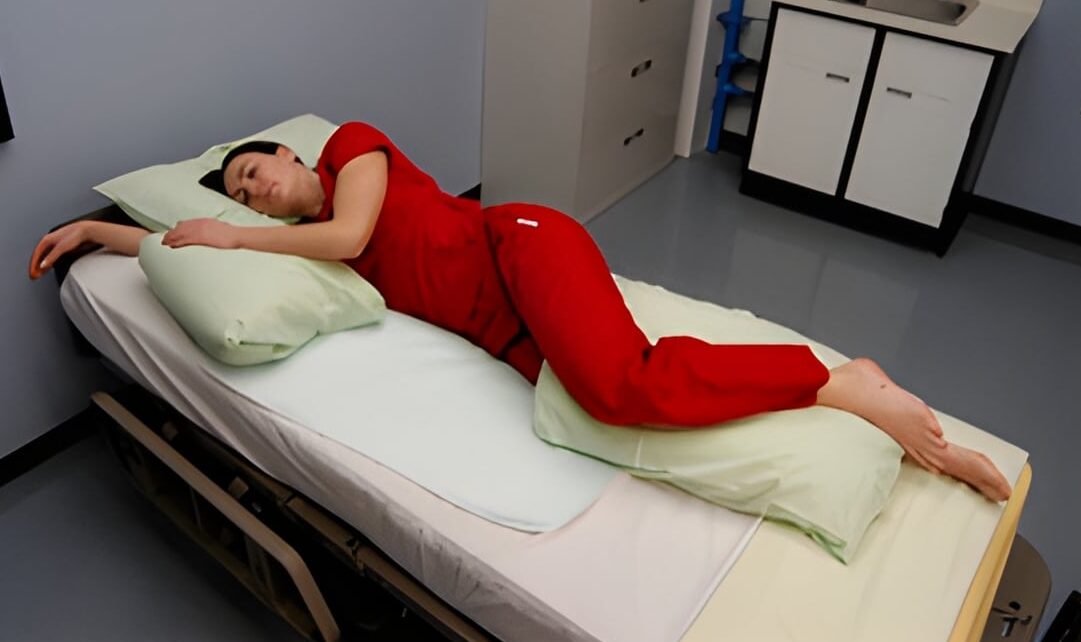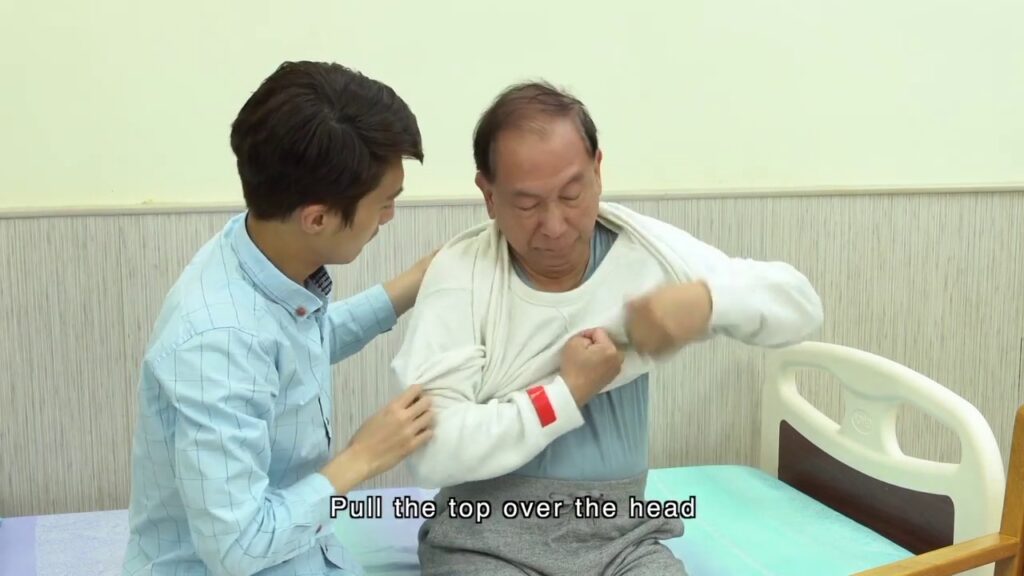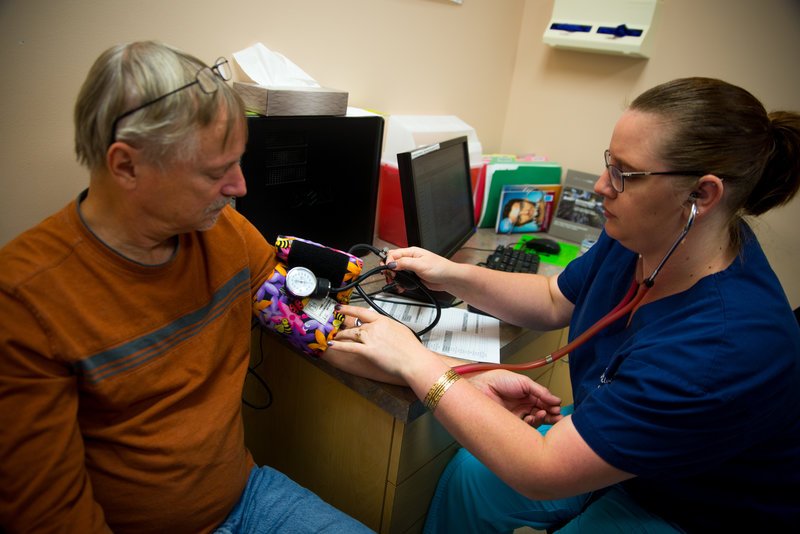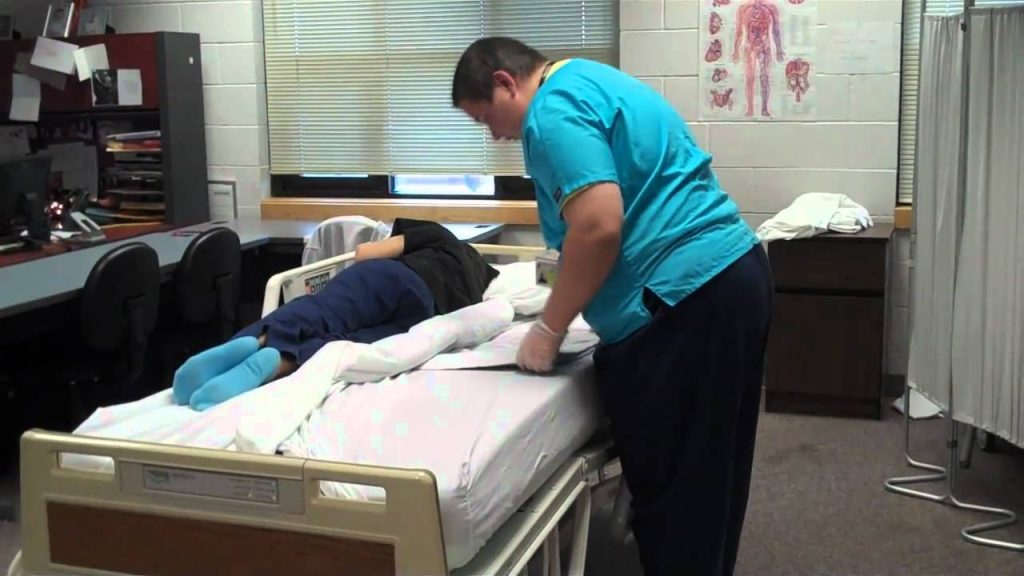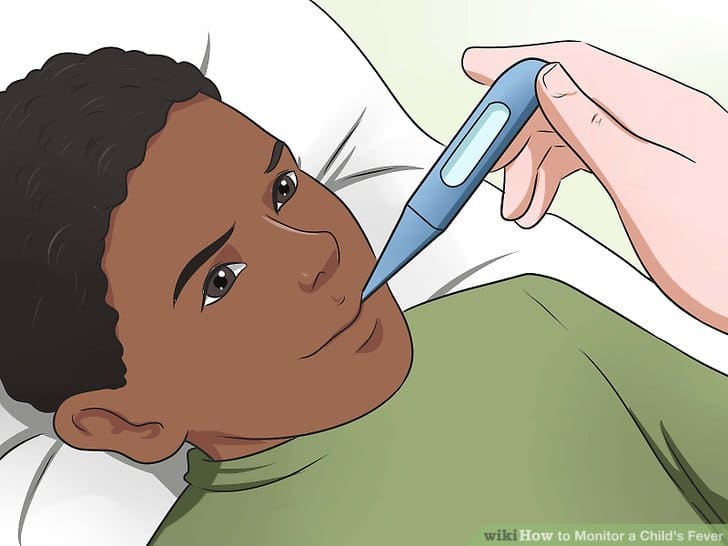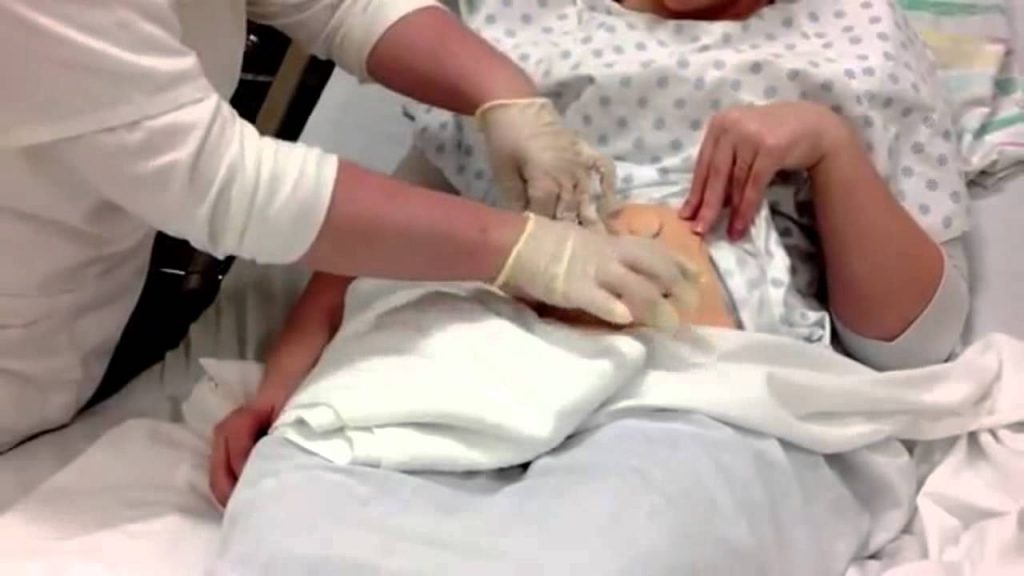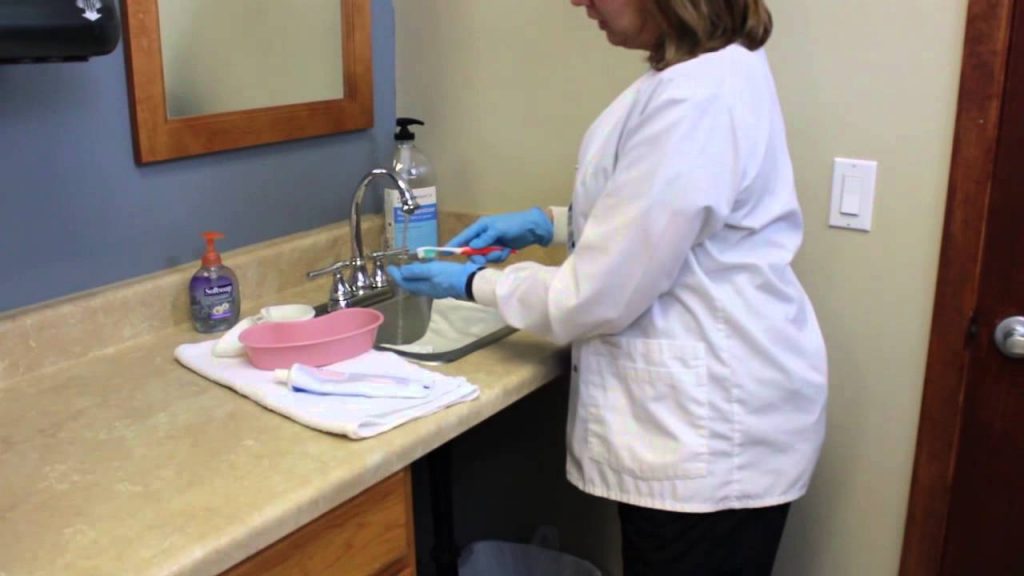Written by Amanda R. McDaniel, MS, BSN, RN
Amanda is a BSN/RN with a MS in Physiology and a BA in English. She worked as a medical writer in the pharmaceutical industry for 11 years before pursuing a career in nursing. She now works as a nurse on a NeuroTelemetry unit and continues to write and edit on a freelance basis. Amanda’s LinkedIn
The lateral, or side-lying, position is often comfortable for patients when they wish to sleep or relax.
Achieving Lateral Position
- Start with the patient lying supine (flat on their back) with the body in proper alignment.
- Stand on the side of the bed opposite the direction the patient will be facing and raise the bed to a comfortable working height. Lower the side rail. Move first the upper trunk (shoulders and chest), then the lower trunk (abdomen and hips) toward you. A draw sheet can also be used for this movement. Raise the side rail.
- Walk to the other side of the bed (the one the patient will be facing). Lower the side rail.
- Bend the patient’s knee that will be on top once the patient is on their side.
- On the side that will be on top (away from the mattress), place one hand on the patient’s shoulder and the other hand on the hip and roll the patient toward you until they are on their side.
- Place a pillow under the patient’s head to maintain proper alignment.
- The patient’s arms should be slightly flexed with a pillow supporting the upper arm in line with that shoulder.
- Place a pillow behind the patient’s back to help them stay in position.
- Place a pillow under the slightly bent upper leg to maintain alignment with the hip.
- Ask the patient if they are comfortable. Make adjustments as necessary.
- Document the position per institutional or unit policy. Report any difficulty getting the patient into position or maintaining position to the nurse per policy.
References
Activity and mobility. (2014). In A. G. Perry, P. A. Potter, and W. R. Ostendorf (Eds), Clinical nursing skills & techniques (8th ed., pp. 210-216). St. Louis, MO: Mosby Elsevier.

